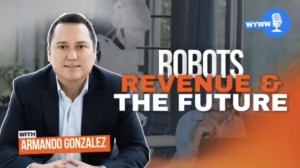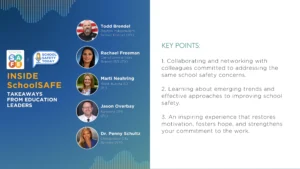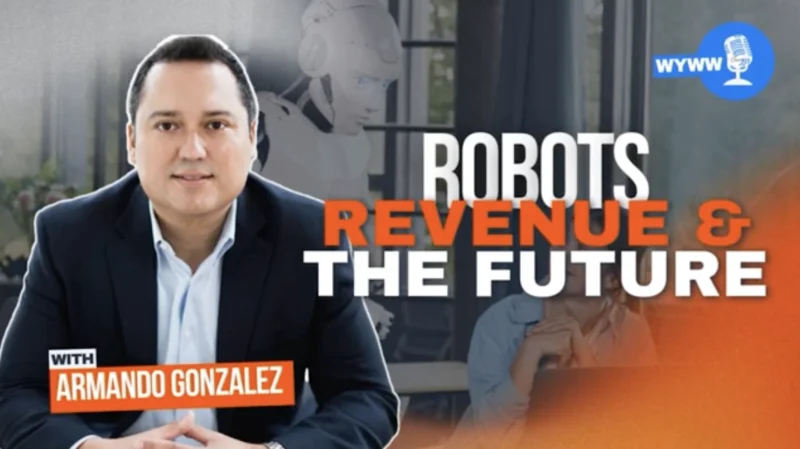Motorola Solutions is Mobilizing AI in Security with an Ecosystem Approach to End-to-End Solutions
The evolution of mobilizing AI as a foundational technology for computation, operations and business strategy is rapidly reshaping the security landscape, offering unparalleled opportunities for proactive rather than reactive measures. AI’s growing capability to gather and contextualize information, combined with automation, promises timely alerts and swift responses. Still, the integration of AI in areas such as school security and healthcare still comes with skepticism and risk, meaning human intervention is very much still needed to inspire trust and make the most of AI-supported solutions.
For instance, an AI detection can have its flaws, such as detecting something dangerous that is actually harmless or inconsequential. Motorola Solutions is working to stand out in this domain by offering solutions that specifically integrate AI and human management to specifically avoid false flag detections. This approach ensures not just swift responses but also accuracy in mission critical situations. Donald Cornett, Director of Global Product Management for Ecosystem Solutions at Motorola Solutions, articulated just how this synergy works, and the need for constant evolution in security strategies. At GSX 2023, Cornett headed two learning sessions, one of which explored mobilizing AI and automation for the security industry.
Cornett’s Thoughts Mobilizing AI
Evolution and Impact of AI
“As the AI starts to really evolve or starts to get, you know, grow, or the neural net start to learn more and more,”
“Taking that information, making it contextual and relevant, driving it into automation, and then leveraging a broader ecosystem of all the components, whether it be sensors, access control, video, radio, incident management, and actually taking relevant information and driving it to the people that need to know in a timely fashion.”
“In leveraging the AI that’s in the field as it starts to explode today, taking that input, automating it, and driving it into a broader ecosystem where now we are able to share or pluck out either sensors or video or analytics, share that information with the first responders or your SROs or around schools, to getting that information in near real time for them to react, adjudicate what needs to happen within minutes.”
Real-World AI Applications in Security
“For like a school, a very popular use case is breached doors that are out there, or open doors, doors that are left open all the time.”
“In healthcare, we have a no, protecting the staff where you have the ability to say, somebody may have a restraining order, right?”
“Now you’re addressing it outside the four walls and actually in the parking lot and trying to be very much proactive than a reactive situation.”
Challenges and Limitations of AI
“Where I see some of the failures or the breakdowns of it is you’re going to get some of the falsing where you may actually send resources where you don’t need it.”
“You just don’t want to automate completely everything like full school lockdown because somebody may have drawn a umbrella, not a firearm.”
“You can allow the AI itself to present that information to the human and the human themselves can actually adjudicate and change the behavior of it.”
“So that’s where we kind of see some of the breakdowns that you can’t just let AI do all of it straight through.”
“You’re actually having to inject some of the human nature back in there for that adjudication, for that verification.”
Motorola Solutions’ Comprehensive Ecosystem
“With Motorola Solutions, we’re one of the only ones in the industry today that have a full end-to-end solution that we believe from an ecosystem point of view and from an incident point of view.”
“And all of that entire ecosystem can be brought to bear to the incident itself, tying that information together with the appropriate human in the middle, as I kind of talked about a little bit.”
Article written by Alexandra Simon.






